Master Your Game with the Best Lacrosse Rebounder WallsMaster Your Game with the Best Lacrosse Rebounder Walls
Choose the Right Rebounder Size for Your Space
When selecting a lacrosse rebounder, one of the most important factors to consider is the size. The dimensions of the rebounder you choose should be based on the amount of space you have available for setup and use. A rebounder that is too large will be difficult to find room for, while one that is too small will limit the types of practice drills you can run.
For most home practices, a 4′ x 4′ or 4′ x 8′ rebounder wall provides a good versatile size. This gives enough room to take shots from different angles and distances, allowing you to simulate game-like scenarios. However, if you have a large backyard or dedicated practice space, a larger 6′ x 6′ or 8′ x 8′ rebounder can be useful for working on full field shooting with longer passes and approaches.
On the other hand, if you need a rebounder for garage or small indoor use, a 2′ x 4′ “mini” rebounder is a great compact option. The smaller surface challenges your accuracy and quickness, while still providing a useful training tool.
When gauging rebounder size, be sure to account for the amount of free space needed in front, to the sides, and behind the wall. Enough clearance is required for full shooting, passing, and dodging motions. Measure your practice area beforehand and get the largest size rebounder that can be positioned safely.
Keep in mind that some lacrosse rebounder models feature folding or collapsible frames. This allows you to store a sizeable wall in a smaller footprint when not in use. Portable folding rebounders are extremely helpful for players with restricted practice space.
By selecting the ideal rebounder dimensions based on your unique space constraints, you’ll be able to maximize your training with the versatility of different drill setups. With the right sized lax wall, you can hone your skills no matter the location.
Get Variable Rebound Angles to Practice Any Shot
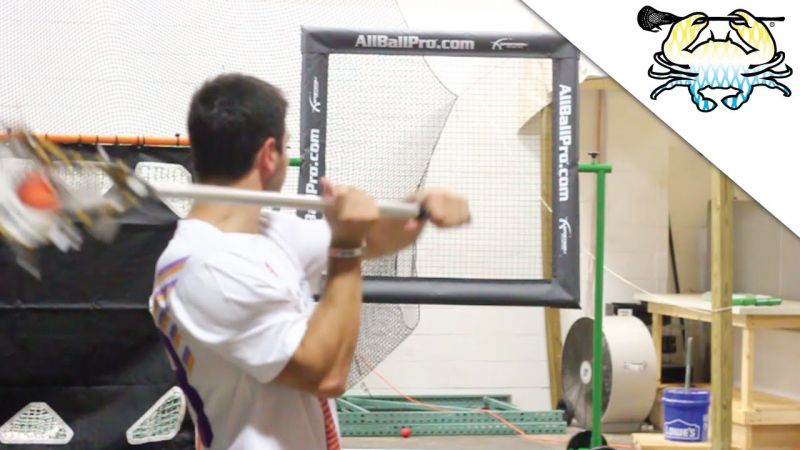
One of the most useful features to look for in a lacrosse rebounder is the ability to adjust and vary rebound angles. Having a wall that can mimic different types of ball response allows you to practice a full range of passing, catching, and shooting in a compact solo training setup.
Many high-end rebounders have multiple adjustable angles, often ranging from 10 to 60 degrees. By fine-tuning the rebound angle, you can make the ball come right back to your stick as if receiving a crisp pass. Lower angles in the 10-30 degree range are great for perfecting quick sticks, chemistry passes, and tight feeds. Medium settings from 30-45 degrees provide a neutral balanced return, similar to pepper passing with a teammate. Higher angles from 45-60 degrees make for a challenging reaction ball that simulates errant catches and checks.
Beyond just dialing in the overall rebound angle, some advanced lacrosse walls have multiple angle settings across different zones. This allows you to practice fielding balls to all areas, including high outside shots, low bouncers, skip passes, and anything in between. Models with tiered angles or distinct upper and lower sections provide even more scenarios for well-rounded repetition.
Being able to quickly adjust the rebound angle as you practice gives you a huge range of simulated passes and shots to handle. You can start your session working on accuracy and passing, dial the wall to an extreme angle for reaction drills, then turn it down to fine-tune your shooting on goal. Variable rebound angles make solo rebounder training much more productive across all facets of your game.
For most versatile practice, look for lacrosse rebounders that have at least 3 adjustable angle settings. The more flexibility in tuning the ball response, the better you can tailor your workouts to improve any lacrosse skill. With the right rebound angles, you can rehearse any in-game shot or pass you may encounter and be fully prepared for live game action.
Look for Ball Return Systems for Rapid Fire Drills
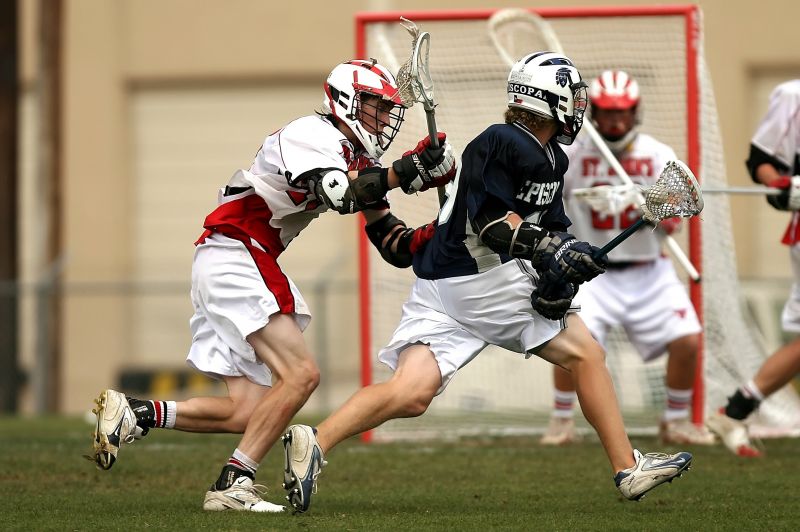
One of the best ways to improve your shooting and overall stick skills is to perform rapid fire shooting drills. Being able to take continuous shots without having to retrieve balls yourself allows you to ingrain proper form through repetition. When looking for a lacrosse rebounder, seek out models that have ball return systems to enable fast-paced shooting practice.
Many rebounder walls include simple gutters, ramps, or angled corners to return balls to the front after taking a shot. This ball return allows you to maintain a quick rhythm and high shot volume without interruption. For solo shooters, not having to chase down errant shots after every attempt makes your practice much more efficient and focused.
Some more advanced rebounders feature backstop nets or basket collection systems to capture all shot attempts. The enclosed net safely contains balls after they rebound off the wall, then funnels them back to the shooting area through corner chutes or bottom openings. This enclosed return system enables you to shoot continuously without any worry of losing balls.
When conducting shooting drills like the classic “99”, ball return features allow you take all 99 shots without a break. The rapid fire format engrains your proper shooting mechanics through muscle memory. With a rebounder that returns balls back to you, you can sustain the repeating drill for longer durations to become a better overall scorer.
Look for ball collection systems that can hold at least 20 balls, reducing the need to pause and reload. For an even more intense rapid fire experience, some rebounders have the capacity to hold 50+ balls in the backstop net. The larger ball capacity enables you to shoot for minutes without interruption to build reliable consistency.
Having a ball return system is a must for any lacrosse rebounder used for shooting practice. The capability to take continuous rapid fire shots without chasing balls improves your skills exponentially faster. Investing in a rebounder with automated ball return will accelerate your development as a lethal scorer.
Find Models with Goal Targets to Improve Accuracy
Maximizing Practice with Variable Rebound Angles
The ability to adjust rebound angles is a game-changer for lacrosse training. Rebounders with multiple angle settings, typically ranging from 10 to 60 degrees, allow players to simulate various game scenarios and improve diverse skills.
Optimal Angle Settings for Different Skills
- 10-30 degrees: Ideal for quick sticks and tight feeds
- 30-45 degrees: Simulates balanced returns, perfect for pepper passing
- 45-60 degrees: Challenges reaction time, mimicking errant catches and checks
Advanced rebounders featuring multiple angle zones across the surface provide even more training versatility. These allow players to practice fielding balls from various heights and trajectories, enhancing overall field awareness and adaptability.
How many adjustable angle settings should a rebounder have for optimal practice? A minimum of three adjustable settings is recommended for versatile training. However, more sophisticated models with five or more settings offer greater flexibility in tailoring workouts to specific skill development needs.
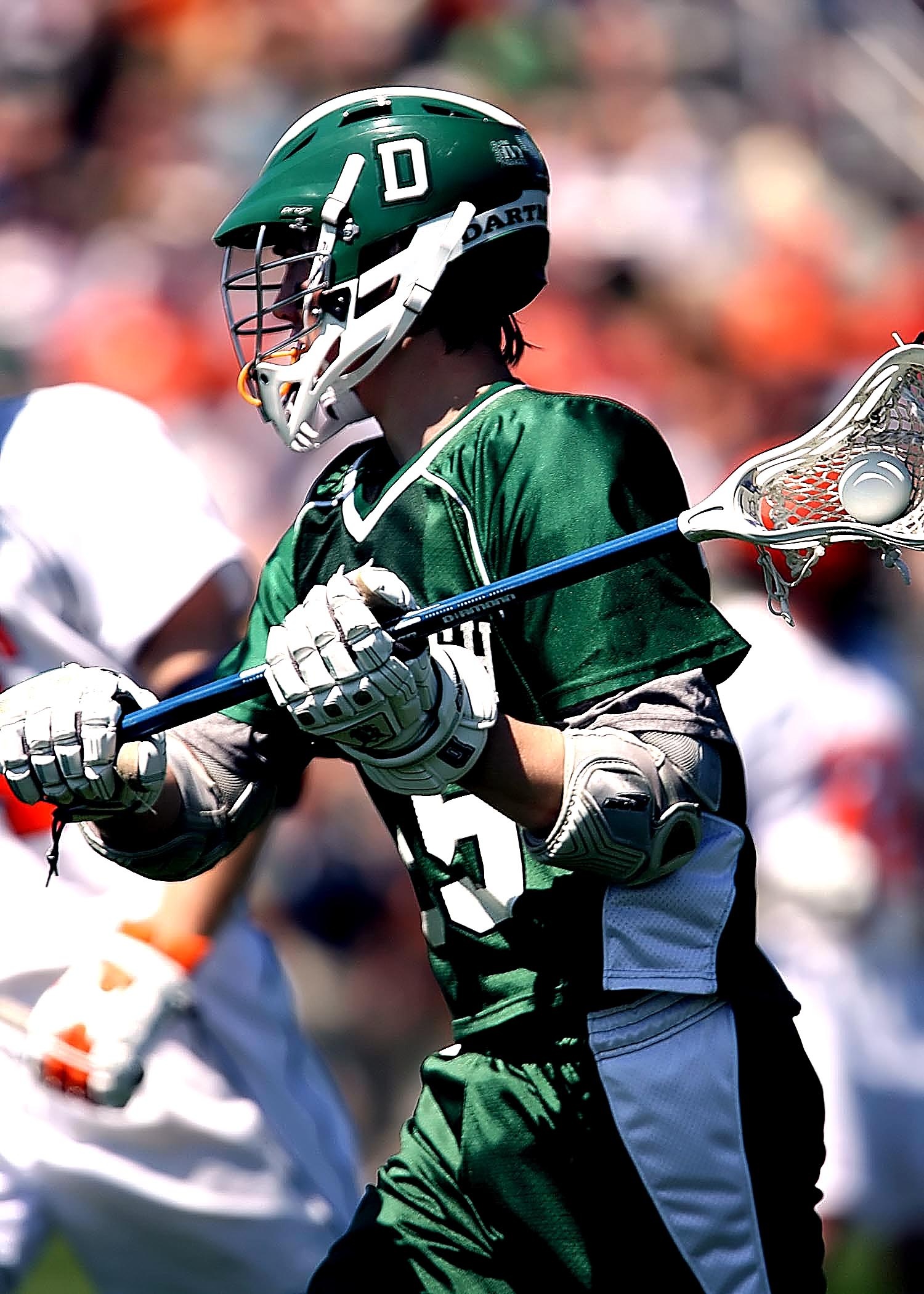
Enhancing Training Efficiency with Ball Return Systems
Rapid-fire drills are essential for developing muscle memory and improving shooting accuracy. Rebounders equipped with ball return systems facilitate continuous practice without interruption, maximizing the number of repetitions in a single session.
Types of Ball Return Mechanisms
- Gutters and ramps for basic ball redirection
- Angled corners to guide balls back to the shooter
- Backstop nets for comprehensive ball containment
- Basket collection systems for organized ball management
Advanced ball return systems not only save time but also allow players to maintain focus and rhythm during practice. This uninterrupted flow of shots or passes is crucial for developing the quick decision-making skills required in competitive play.
Durability and Weather Resistance: Key Factors for Long-Term Use
When investing in a lacrosse rebounder, durability should be a top priority. High-quality materials and construction ensure that your rebounder will withstand intense training sessions and varying weather conditions.

Material Considerations for Rebounder Longevity
- Powder-coated steel frames for rust resistance
- UV-treated netting to prevent sun damage
- Weather-resistant rebounding surfaces for all-season use
Are all rebounders suitable for outdoor use? Not necessarily. While many are designed for both indoor and outdoor use, it’s essential to verify the weather resistance capabilities of a rebounder before purchasing. Look for models specifically marketed as all-weather or outdoor-ready to ensure long-lasting performance in various environmental conditions.
Portability Features for Flexible Training Locations
The ability to easily move and set up your rebounder in different locations can significantly enhance your training regimen. Portable rebounders allow players to practice in various settings, adapting to different surfaces and environments.
Key Portability Features to Consider
- Lightweight construction for easy transport
- Folding or collapsible design for compact storage
- Quick assembly and disassembly mechanisms
- Carrying cases or handles for convenient movement
How does portability affect the overall quality of a rebounder? While some may assume that portable rebounders sacrifice stability or durability, many modern designs offer a perfect balance of mobility and performance. High-end portable models often feature robust locking mechanisms and reinforced joints to ensure stability during use, while still allowing for easy transportation.
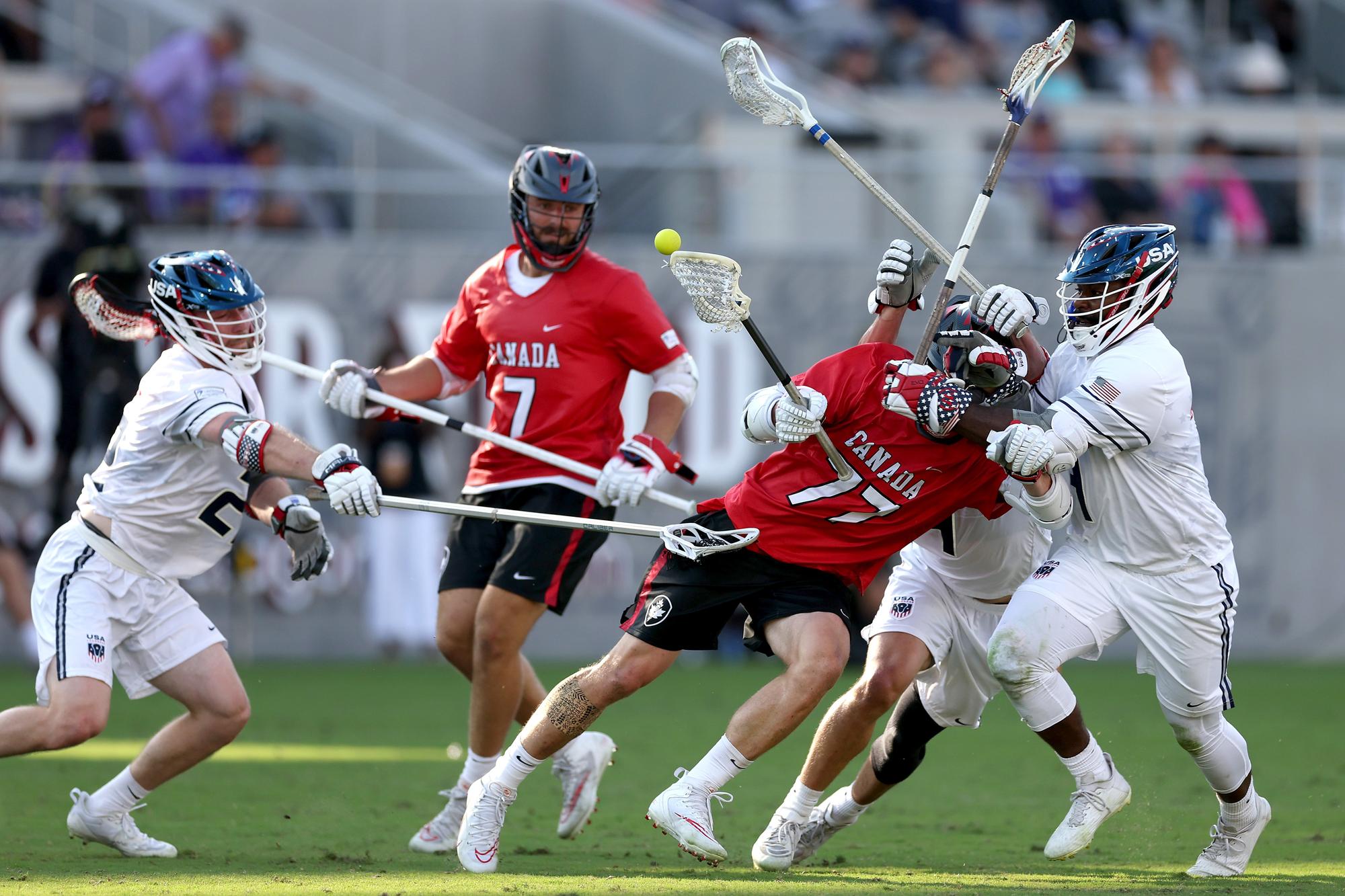
Customizable Training Programs with Multi-Sport Compatibility
Versatility in training equipment can provide excellent value for athletes and families involved in multiple sports. Many lacrosse rebounders are designed with multi-sport compatibility, allowing for a wide range of practice drills across different disciplines.
Sports Compatible with Lacrosse Rebounders
- Soccer: For practicing volleys, headers, and passing accuracy
- Baseball/Softball: Ideal for fielding drills and soft toss practice
- Hockey: Great for stick handling and shooting exercises
- Tennis: Useful for solo rally practice and serve returns
Can multi-sport rebounders match the performance of sport-specific training tools? In many cases, yes. High-quality multi-sport rebounders are engineered to provide appropriate ball response for various sports. While they may not replace specialized equipment entirely, they offer a versatile solution for athletes looking to improve skills across multiple disciplines.
Advanced Features for Performance Analysis and Skill Tracking
As technology continues to advance, some lacrosse rebounders now incorporate features that allow players to track their progress and analyze their performance. These smart rebounders can provide valuable insights to help players identify areas for improvement and measure their development over time.

Innovative Performance Tracking Features
- Built-in speed sensors to measure shot velocity
- Accuracy tracking systems with target zones
- Companion apps for data analysis and progress monitoring
- Video recording capabilities for form analysis
How can performance tracking features enhance a player’s training routine? By providing objective data on shot speed, accuracy, and consistency, these advanced rebounders allow players to set specific, measurable goals and track their improvement over time. This data-driven approach to training can lead to more focused practice sessions and faster skill development.
Are smart rebounders worth the additional investment? For serious players looking to take their game to the next level, the insights provided by performance tracking features can be invaluable. However, beginners or casual players may find that traditional rebounders offer sufficient training benefits without the added complexity and cost of advanced technology.
Maintenance and Care Tips for Prolonged Rebounder Lifespan
Proper maintenance of your lacrosse rebounder is essential for ensuring its longevity and consistent performance. Regular care can prevent common issues and keep your training equipment in top condition for years to come.
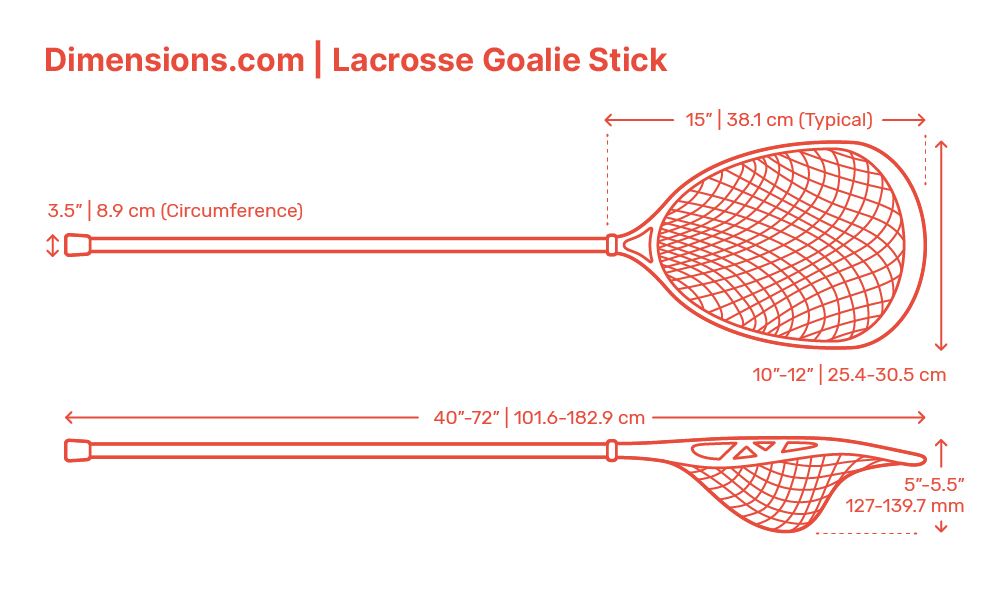
Essential Maintenance Practices
- Regular inspection of frame, netting, and rebounding surface
- Prompt tightening of loose bolts or connections
- Cleaning of dirt and debris after outdoor use
- Proper storage in extreme weather conditions
How often should a lacrosse rebounder be inspected for wear and tear? It’s recommended to perform a quick visual inspection before each use and a more thorough examination at least once a month. This routine can help identify potential issues before they become serious problems, ensuring safe and effective training sessions.
Extending Your Rebounder’s Lifespan
- Apply protective coatings to metal components annually
- Replace worn netting or rebounding surfaces promptly
- Use weather covers for outdoor storage when not in use
- Adjust tension and angles gradually to prevent stress on components
Can proper maintenance really make a significant difference in a rebounder’s lifespan? Absolutely. Well-maintained rebounders can last for many years, even with regular use. Consistent care not only extends the life of your equipment but also ensures that it continues to provide accurate and reliable performance throughout its lifespan.
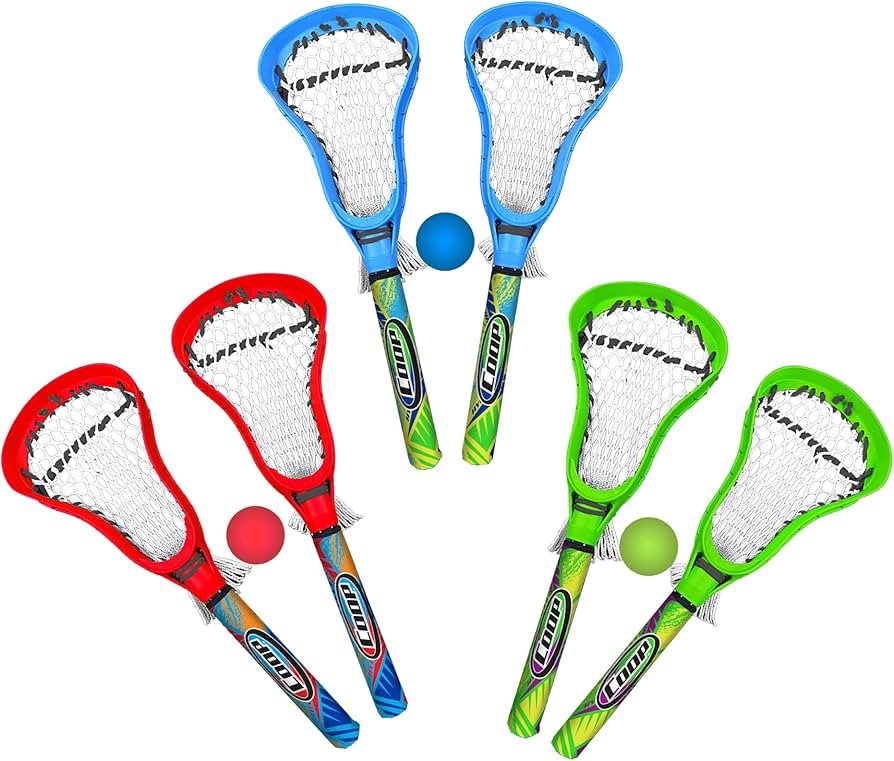
By following these maintenance tips and investing time in proper care, players can maximize the value of their lacrosse rebounder and enjoy consistent, high-quality training sessions for years to come. Remember that a well-maintained rebounder is not just a cost-saving measure; it’s an essential component of effective and safe practice routines.
Choose the Right Rebounder Size for Your Space
When selecting a lacrosse rebounder, one of the most important factors to consider is the size. The dimensions of the rebounder you choose should be based on the amount of space you have available for setup and use. A rebounder that is too large will be difficult to find room for, while one that is too small will limit the types of practice drills you can run.
For most home practices, a 4′ x 4′ or 4′ x 8′ rebounder wall provides a good versatile size. This gives enough room to take shots from different angles and distances, allowing you to simulate game-like scenarios. However, if you have a large backyard or dedicated practice space, a larger 6′ x 6′ or 8′ x 8′ rebounder can be useful for working on full field shooting with longer passes and approaches.
On the other hand, if you need a rebounder for garage or small indoor use, a 2′ x 4′ “mini” rebounder is a great compact option. The smaller surface challenges your accuracy and quickness, while still providing a useful training tool.
When gauging rebounder size, be sure to account for the amount of free space needed in front, to the sides, and behind the wall. Enough clearance is required for full shooting, passing, and dodging motions. Measure your practice area beforehand and get the largest size rebounder that can be positioned safely.
Keep in mind that some lacrosse rebounder models feature folding or collapsible frames. This allows you to store a sizeable wall in a smaller footprint when not in use. Portable folding rebounders are extremely helpful for players with restricted practice space.
By selecting the ideal rebounder dimensions based on your unique space constraints, you’ll be able to maximize your training with the versatility of different drill setups. With the right sized lax wall, you can hone your skills no matter the location.
Get Variable Rebound Angles to Practice Any Shot

One of the most useful features to look for in a lacrosse rebounder is the ability to adjust and vary rebound angles. Having a wall that can mimic different types of ball response allows you to practice a full range of passing, catching, and shooting in a compact solo training setup.
Many high-end rebounders have multiple adjustable angles, often ranging from 10 to 60 degrees. By fine-tuning the rebound angle, you can make the ball come right back to your stick as if receiving a crisp pass. Lower angles in the 10-30 degree range are great for perfecting quick sticks, chemistry passes, and tight feeds. Medium settings from 30-45 degrees provide a neutral balanced return, similar to pepper passing with a teammate. Higher angles from 45-60 degrees make for a challenging reaction ball that simulates errant catches and checks.
Beyond just dialing in the overall rebound angle, some advanced lacrosse walls have multiple angle settings across different zones. This allows you to practice fielding balls to all areas, including high outside shots, low bouncers, skip passes, and anything in between. Models with tiered angles or distinct upper and lower sections provide even more scenarios for well-rounded repetition.
Being able to quickly adjust the rebound angle as you practice gives you a huge range of simulated passes and shots to handle. You can start your session working on accuracy and passing, dial the wall to an extreme angle for reaction drills, then turn it down to fine-tune your shooting on goal. Variable rebound angles make solo rebounder training much more productive across all facets of your game.
For most versatile practice, look for lacrosse rebounders that have at least 3 adjustable angle settings. The more flexibility in tuning the ball response, the better you can tailor your workouts to improve any lacrosse skill. With the right rebound angles, you can rehearse any in-game shot or pass you may encounter and be fully prepared for live game action.
Look for Ball Return Systems for Rapid Fire Drills

One of the best ways to improve your shooting and overall stick skills is to perform rapid fire shooting drills. Being able to take continuous shots without having to retrieve balls yourself allows you to ingrain proper form through repetition. When looking for a lacrosse rebounder, seek out models that have ball return systems to enable fast-paced shooting practice.
Many rebounder walls include simple gutters, ramps, or angled corners to return balls to the front after taking a shot. This ball return allows you to maintain a quick rhythm and high shot volume without interruption. For solo shooters, not having to chase down errant shots after every attempt makes your practice much more efficient and focused.
Some more advanced rebounders feature backstop nets or basket collection systems to capture all shot attempts. The enclosed net safely contains balls after they rebound off the wall, then funnels them back to the shooting area through corner chutes or bottom openings. This enclosed return system enables you to shoot continuously without any worry of losing balls.
When conducting shooting drills like the classic “99”, ball return features allow you take all 99 shots without a break. The rapid fire format engrains your proper shooting mechanics through muscle memory. With a rebounder that returns balls back to you, you can sustain the repeating drill for longer durations to become a better overall scorer.
Look for ball collection systems that can hold at least 20 balls, reducing the need to pause and reload. For an even more intense rapid fire experience, some rebounders have the capacity to hold 50+ balls in the backstop net. The larger ball capacity enables you to shoot for minutes without interruption to build reliable consistency.
Having a ball return system is a must for any lacrosse rebounder used for shooting practice. The capability to take continuous rapid fire shots without chasing balls improves your skills exponentially faster. Investing in a rebounder with automated ball return will accelerate your development as a lethal scorer.
Find Models with Goal Targets to Improve Accuracy
One of the key shooting skills in lacrosse is accuracy. Being able to consistently hit corners and place shots just out of the goalie’s reach is what separates average shooters from dominant scorers. When selecting a lacrosse rebounder, look for models that include goal targets to improve your precision.
Many rebounder walls feature printed or mesh goal box outlines that simulate the exact 4×4 foot dimensions of a real lacrosse goal. Having a visual target to aim for as you shoot helps ingrain accuracy and placement. The goal box gives instant feedback on which shots hit the mark and which miss wide or high.
Some advanced rebounders take accuracy training a step further by including markings for each corner of the goal. The high-angle corners, point post corners, and five-hole markings give you distinct precision points to aim for. Practicing hitting each target zone strengthens your ability to place shots intentionally rather than just firing randomly.
A few high-end lacrosse rebounders even incorporate smart electronic sensors that track your shot placement and percentage. LED lights illuminate when your shot hits a corner or five-hole. The sensors provide stats and metrics on your shooting performance over time. This instant data helps you zero in on your accuracy weaknesses and improve them efficiently.
No matter what level of technology your rebounder offers, having any sort of goal target to reference will boost your shooting prowess. Even just a basic outline to shoot within helps tighten up your shot consistency. But advanced markings and sensors take accuracy training to an elite data-driven level.
Consistency comes through repetition on a rebounder with marked goal targets. After thousands of shots aimed at corners, five-holes, and other precision spots, you will gain an intuitive, muscle memory shot placement ability. Investing in a rebounder with accuracy features will rapidly improve your skills as a precise scorer.
Get Ball Ramps for Ground Ball and Scooping Drills
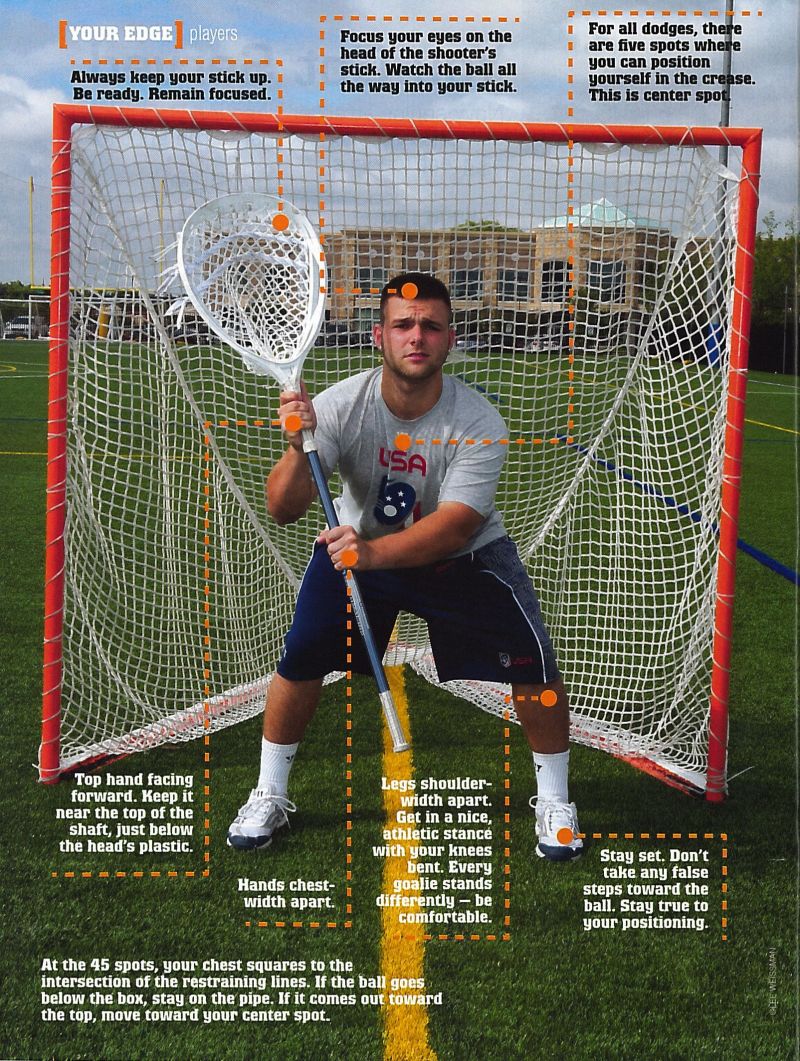
While shooting and passing practice are vital lacrosse skills, mastering ground balls and scooping is just as important for overall control. When selecting a rebounder, look for models that include ball ramps or linear returns to rehearse your ground ball game.
Many rebounders feature angled or curved ramp attachments for rolling ground balls directly to your stick. As balls return from the main wall, they come down the ramp simulating tough in-game ground scoops. This allows you to work on initiating contact with top hand explosiveness to gain possession.
Some next-level designs have ball ejectors that actually shoot ground balls toward you at various speeds and angles. The randomized rapid-fire ground balls simulate real loose ball scrambles in traffic. You’ll be forced to sharpen your reactions and handle unpredictable hops.
In addition to ground ball ramps, some rebounders have long outfeed channels or gutters that return balls end-over-end. This challenging linear return replicates snagging outlet passes and outlet throws on the run. You can rehearse adjusting your approach and scoop angle as balls come direct at full speed.
For the ultimate ground ball training, look for rebounders that combine lateral ball ejectors and straight-line ball returns. The split return system provides both zig-zag scoops and liner outlet passes to cover all in-game scenarios.
Even just adding a basic inclined ramp can drastically improve your ground ball skills with a rebounder. Rep after rep scooping off angled ramps ingrains quick reflexes and confident clamping. Investing in ramps and ground ball attachments ensures your wall makes you dominant on 50/50 balls.
Seek Out Curved Designs to Work on Dodging
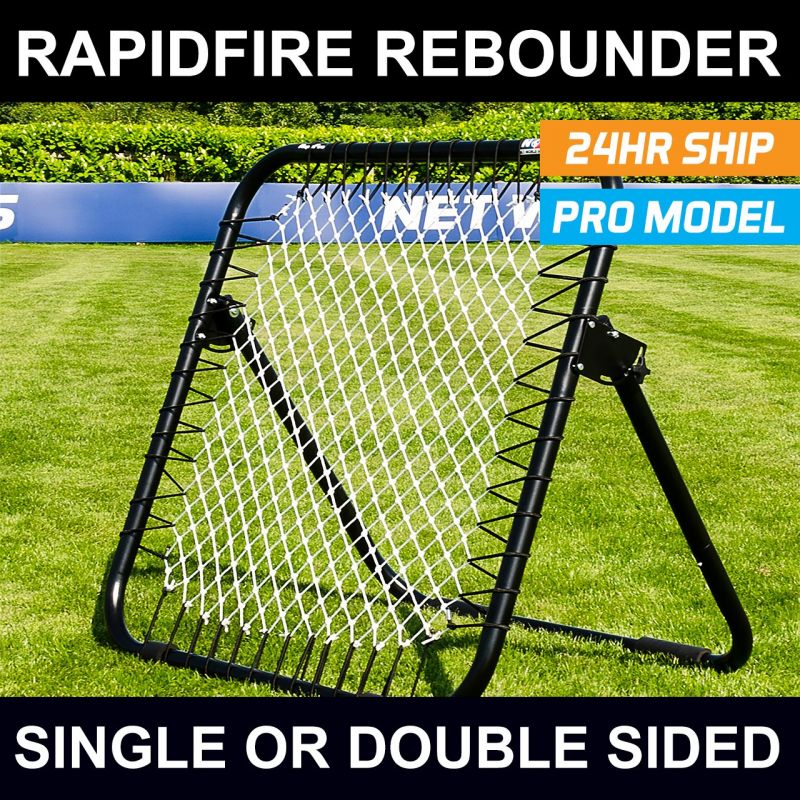
In addition to shooting and passing practice, lacrosse rebounders can also help you improve your dodging skills. Look for walls with curved or angled frame designs to rehearse your footwork and evasive maneuvers.
Many rebounders feature a gentle arc along the wall surface to return errant shots back to the center. This curve allows you to work on quick stick dodges, rolls, and shot fakes. As you maneuver side to side, the shape guides loose balls back to your stick.
Some advanced rebounders have multiple adjustable curve sections. By tweaking the arc angles, you can make balls return to different spots to rehearse dodging in and out of alleys. Sharper curves challenge your balance and agility on abrupt cuts and direction changes.
Another element to support dodging is corner ramp attachments. The diagonal ramps simulate defenders trying to ride you out and force turnover traps. You must sell your fake then precisely turn the corner at speed to beat the ride.
No matter what design you choose, look for rounded edges and smooth wall surfaces. The curved shape allows you to lean and carve at full speed without risking injury on sharp corners. Safety is essential when practicing realistic dodges.
A curved rebounder is incredibly helpful for honing your elusiveness and change of direction. The arc challenges your footwork and awareness as balls return unpredictably, getting you evasion-ready for live games.
Investing in a lacrosse rebounder with shape and contours will level up your dodging. Curved walls build muscle memory for jukes, rolls, and hiding your stick that pay dividends in real game situations.
Ensure Durability With Weatherproof Materials
One of the most important factors to evaluate when purchasing a lacrosse rebounder is durability. As an outdoor training tool exposed to the elements, it must be constructed from weatherproof materials that can withstand years of use.
The optimal rebounder frame is made from thick-gauge steel tubing with a powder coated finish. Steel provides a rigid base that won’t bend or warp while the powder coating prevents rusting and peeling from moisture. Aircraft grade aluminum is another excellent option that won’t fatigue or corrode over time.
For the rebounder wall surface, marine-grade polyester mesh is top of the line for weatherability. The tight polyester weave rebounds shots with precision while resisting UV damage, mildew, and rotting. Some rebounders opt for outdoor-rated wood mats, though solid wood requires more maintenance.
Look for backstop netting and other accessories made from weatherproof nylon, vinyl, or polyester as well. Avoid any cotton, jute, or non-UV treated materials in the rebounder construction. The small details like netting are often the first areas to wear out if not built for outdoor use.
Be sure to check that all metal hardware like hinges, latches, and springs are galvanized, stainless steel, or powder coated. Details like hardware are commonly overlooked but vitally impact the rebounder’s longevity.
A rebounder made fully from outdoor-grade materials will easily give you 5+ years of consistent use. The durability ensures it can handle sun, rain, snow, and humidity while providing a consistent ball response day in and day out.
Investing a few extra dollars up front in a rugged rebounder pays dividends through years of reliable performance. Using weatherproof materials like marine mesh and steel tubing prevents costly repairs or replacements down the road.
Check for Quick Assembly for Fast Practice Setup
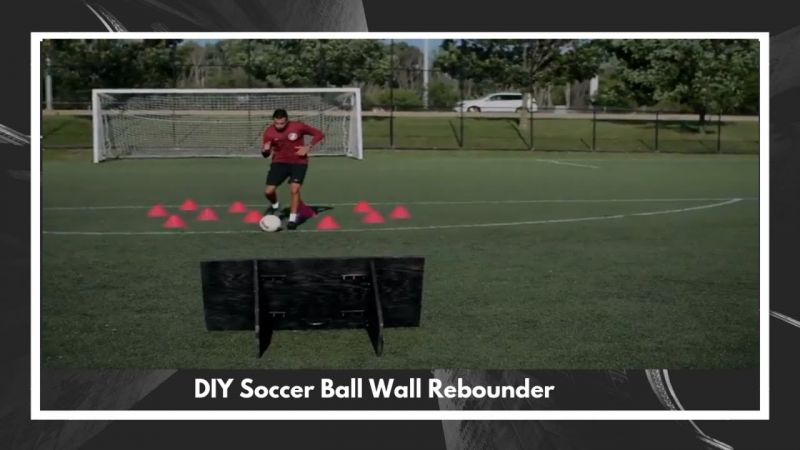
One of the convenient features to look for in a lacrosse rebounder is quick and simple assembly. Easy setup allows you to start practicing right away without hassling with complex construction or tools.
Many top rebounders offer tool-free assembly using interlocking poles, snap-buttons, and spring-loaded connectors. The intuitive click-together design lets you set up the fully framed wall in under 5 minutes. Simple assembly means you can take it down and transport it easily as well.
If the rebounder requires any tools, be sure they are basic universal items like hitch pins, snap hooks, and wing nuts. Multi-piece rebounders held together with basic fasteners are still secure while enabling quick assembly.
Avoid any model that needs elaborate construction involving power drills, unique hardware, or custom assembly steps. This leads to frustration and delayed practice time while you interpret diagrams and tinker with parts.
For true instant setup, look for “pop-up” style rebounders with an internal spring mechanism. Just release the compact folded frame and the internal springs automatically deploy the full wall in seconds. This kind of instant assembly is perfect for shoot-arounds at the park or pre-game warm-ups.
No matter what style you choose, be sure to confirm simple assembly by reading customer reviews and watching product videos during your research. Steer clear of rebounders that users describe as tricky or time-consuming to construct.
The right rebounder with uncomplicated tool-free assembly enables you to be playing within minutes of arrival at practice. Quick setup means more reps and faster skill development.
Compare Prices to Get the Best Value Rebounder
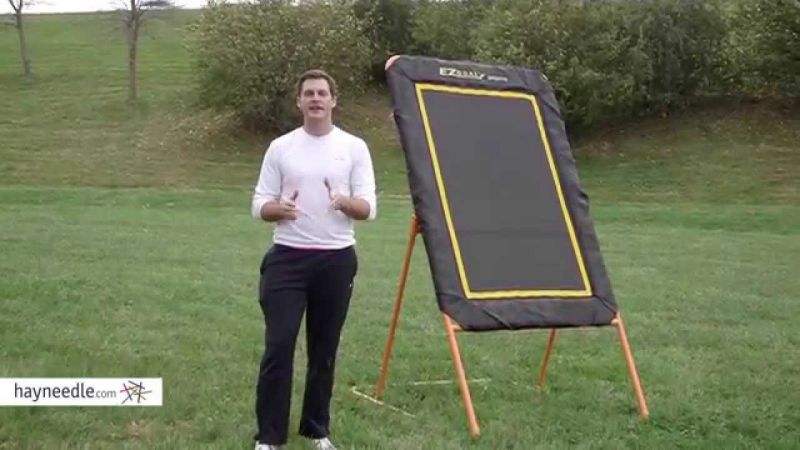
With lacrosse rebounders ranging anywhere from $100 to $2000+ in price, it’s important to compare options to find one that fits your budget. The good news is that major differences in rebounder quality and features don’t always align with cost. Doing your homework allows you to get the best value model for your needs and training goals.
When comparing pricing, avoid equating high cost with high performance. Many budget-friendly rebounders under $500 provide excellent ball response, durability, and versatility for most players’ needs. The premium $1000+ models add some handy bells and whistles but the basic practice experience is often similar.
Consider what features matter most to you. If you just need a basic wall for shooting reps, an angled plywood or poly board model around $200 can do the job admirably. For passing and ground balls, look to intermediate $300-500 rebounders with ball returns and ramps. Top-end models over $1000 offer larger sizes, electronic sensors, and folding portability.
Also account for long-term value in the rebounder construction. A thoughtfully designed rebounder from quality materials can be a 10+ year investment in your skills. Paying a bit more upfront extends the useful life and offsets replacement costs down the road.
Don’t assume name brand means necessary better either. Many smaller lacrosse companies offer comparable products for hundreds less than the budget-busting big brand alternatives. Read customer reviews to identify rebounders that over-deliver at each price point.
By taking the time to cross-shop and research, you can absolutely maximize your training for the investment. With smart comparison, you’ll find the ideal blend of affordability and high-quality performance to become a better player.
Find Versatile Rebounders Good for All Positions
One key consideration when selecting a lacrosse rebounder is versatility. As a multi-position training tool, it should provide drills to help improve shooting, passing, footwork, and ground balls for players of all roles on the field.
For shooters and offensive players, the ideal rebounder has a large surface area for aiming at different targets, variable rebound angles to sharpen reactions, and corner ramp attachments to rehearse dodge fakes. Models with ball returns enable rapid-fire shooting repetition.
For passing practice, adjustable angles that mimic crisp feeds are crucial, along with curved edges or multiple walls to handle errant passes. Size is also a factor to allow longer passes and full shooting approaches.
For defenders, compact “mini” rebounders strengthen footwork with tight dodges and checks. Focus on portability for setting up slide and recovery scenarios on the fly. Models with changeable angles or ramp returns challenge your positioning reactions.
When evaluating versatility, think about your needs both as an individual player and for team training. The rebounder should cover shooting, passing, ground balls, and footwork in some capacity to provide a full skill workout.
Reading product details and customer reviews provides insight on a rebounder’s versatility. Look for models touted as “three-in-one”, “multi-skill”, or “all-position” for well-rounded development.
The most versatile lacrosse rebounders feature interchangeable attachments like slide ramps, curve walls, and ball collectors to transform based on your training goals. This flexibility ensures the investment services your development both now and as you take on new roles.
Pick Rebounder Backdrops to Save Space and Balls
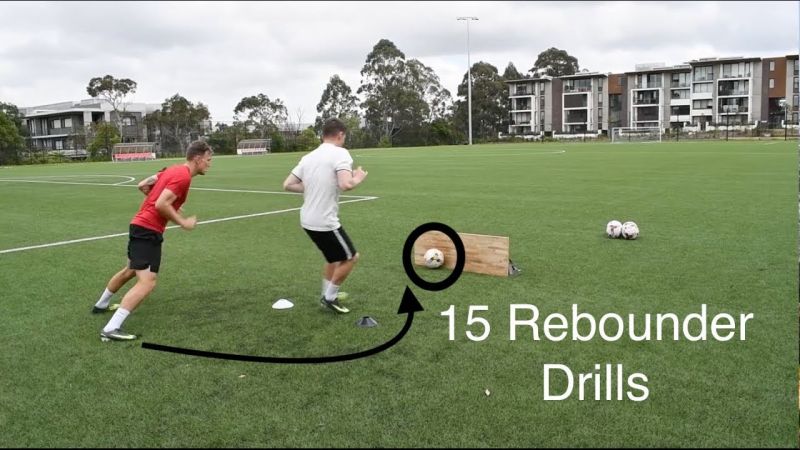
An important accessory to consider for your lacrosse rebounder setup is a backdrop or ball barrier behind the wall. Adding a barrier can prevent stray balls from disturbance and damage while also keeping your practice area contained.
Backdrop nets are available in a variety of heights, typically 8-30 feet. The net catches any overshot balls and contains them in your practice zone. For indoor use, a backdrop minimizes disruption to other gym activities and prevents balls spraying everywhere.
Outdoors, a rebounder backdrop helps reduce unwanted damage from errant shots. Without a barrier, missed balls may strike vehicles, windows, or other hazards around your practice space.
Another benefit of a backdrop net is convenience by saving you frequent ball chasing. By keeping balls corralled near the rebounder, you avoid constantly having to run down misses decreasing your active practice time.
If space is at a premium, compact barrier screens are available too. The rigid screens attach directly to the rebounder frame with heights of 4-8 feet. For smaller practice areas, the minimal footprint is ideal.
No matter which option you choose, ensure the backdrop netting or material is weatherproof and durable for longevity. Avoid flimsy cotton nets that will degrade and sag over time.
Investing in a quality backdrop enhances the functionality of your rebounder practice. Containing errant shots maximizes reps, protects surroundings, and improves your skill focus when balls stay in play.
Choose Training Rebounders Used by Pros
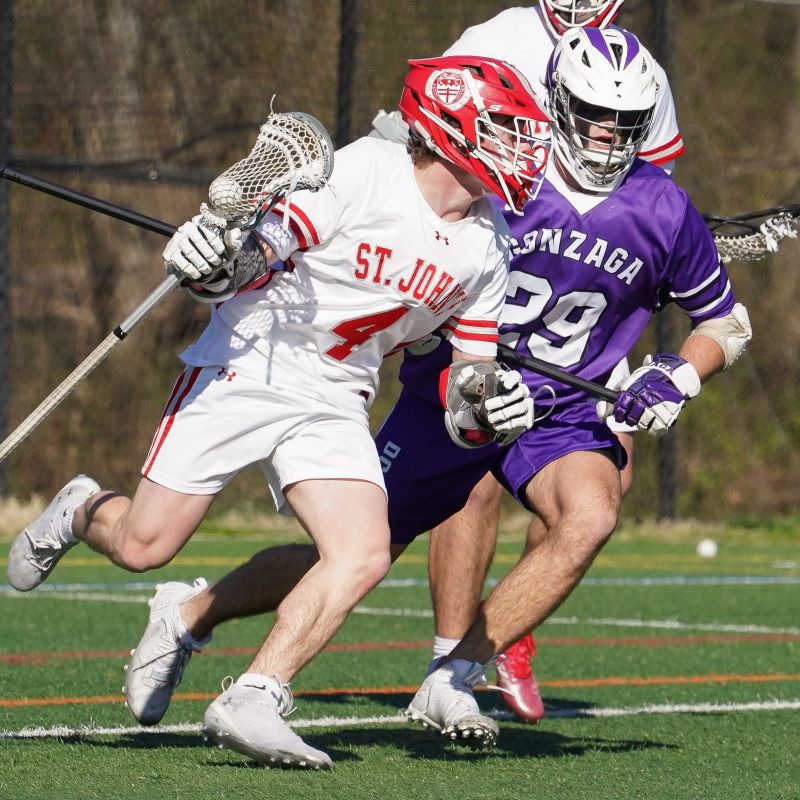
One smart tip when selecting a lacrosse rebounder is to look at the models used by professional and college teams. If the rebounder is good enough for elite level play, it will undoubtedly improve your skills too.
Browse product pages and company websites for lists of pro or NCAA partners. See if your favorite MLL, NLL, or NCAA teams use that rebounder for their training. Knowing the country’s best rely on that tool gives you confidence in its performance.
Endorsements from professional lacrosse leagues like the PLL and athletes like Paul Rabil are strong indicators of rebounder quality. Big name pros do extensive research to find the most effective gear, so leverage their insight.
Beyond just sponsorships, see if the rebounder is used in team facilities or addons like pro team logo decals are available. This shows an established integrated partnership at the professional level.
College partnerships also reveal key insight, as top NCAA programs have rigorous performance standards for their training tools. If a rebounder is good enough for the nation’s elite college teams, it will undoubtedly improve your skills.
You can also reference reviews and social media for visuals of pros training with the rebounder. This firsthand proof offers validation that the product delivers results at the highest tiers of lacrosse.
While pro-caliber gear isn’t essential for amateur players, it gives you world-class technology tailored to develop next-level skills. Using trusted rebounders of lacrosse’s best provides a proven path to elevating your game.